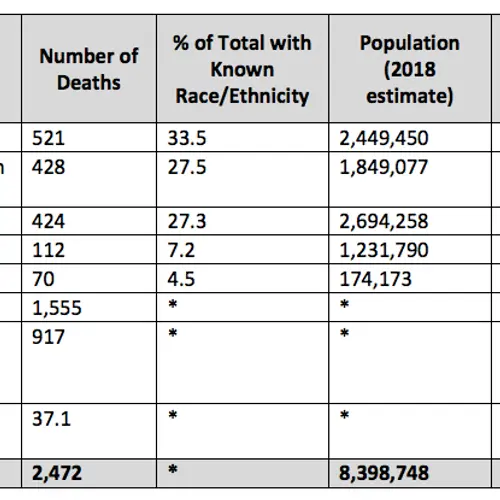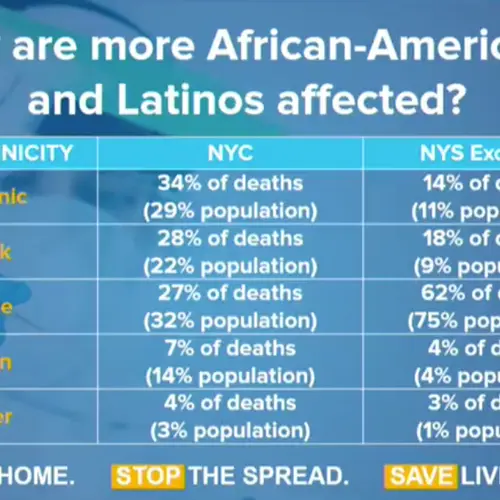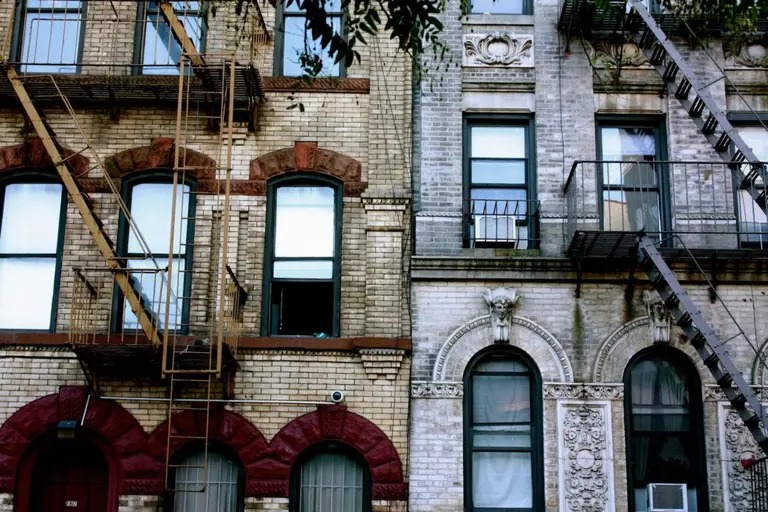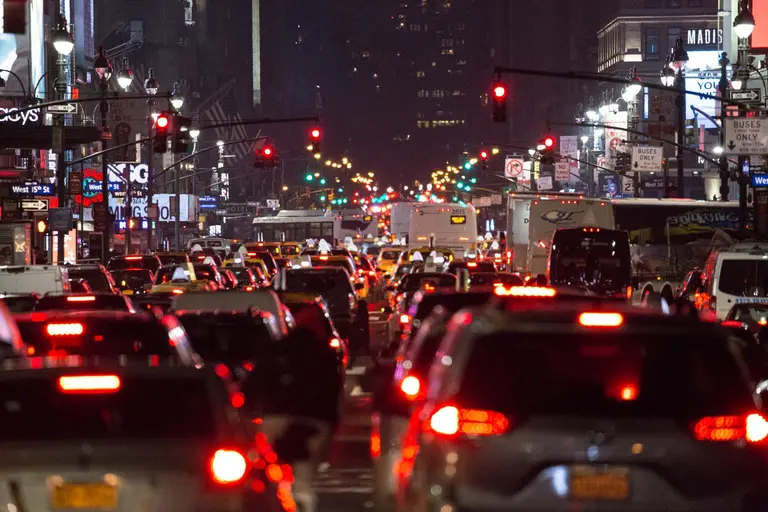Latino and black communities in NYC face disproportionate rates of death from coronavirus
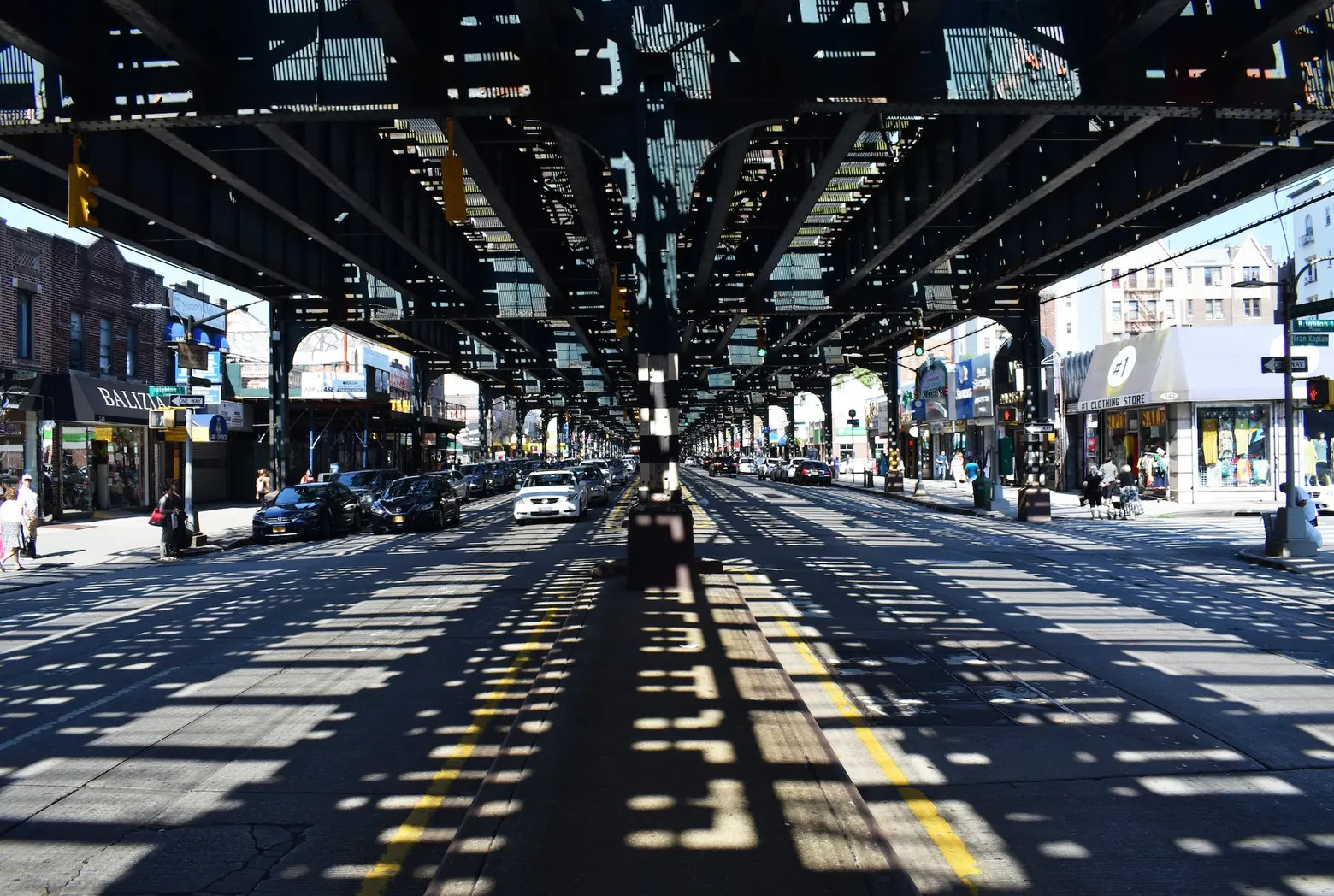
Photo by Chris Barbalis on Unsplash
Early data released by New York City this week shows a disparity in deaths caused by coronavirus among people of color. Of those who have died from COVID-19, 34 percent were Hispanic and 28 percent were black, according to preliminary numbers from April 6. Those groups make up 29 percent and 22 percent of the city’s population, respectively.
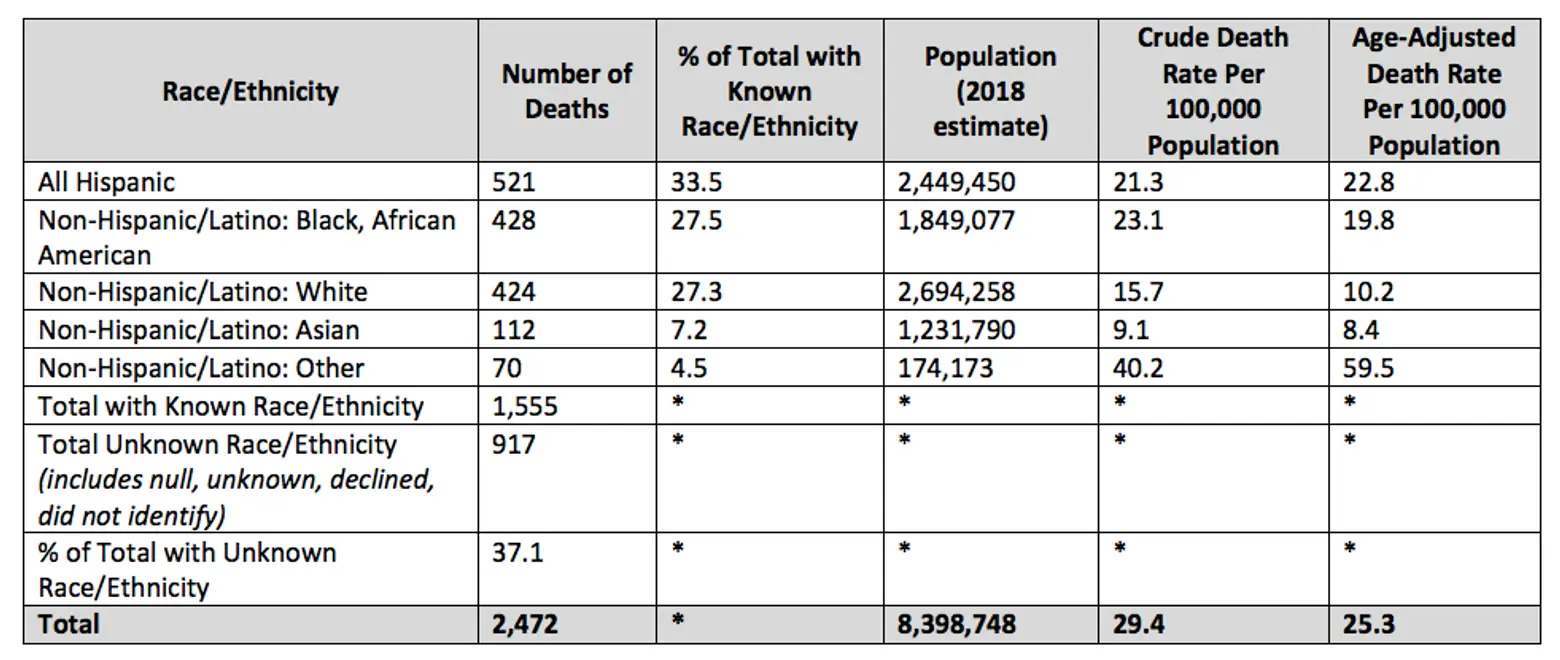
Table courtesy of the city’s Department of Health
“The disparities that have plagued this city, this nation that are all about fundamental inequality are once again causing such pain and causing innocent people to lose their lives,” Mayor Bill de Blasio said on Wednesday, according to the New York Post. “It’s sick. It’s troubling. It’s wrong.”
The data from the city’s Department of Health, which came from the Bureau of Communicable Disease, represents only 63 percent of reported deaths. This is because the majority of cases are reported by labs and race or ethnicity is often not included, according to the agency.
Per 100,000 people, the crude death rate in the city is 23 for black New Yorkers, 21 for Hispanic people, 15 for white New Yorkers, and 9 for Asian people. When adjusted by age, the death rate is higher for Hispanic New Yorkers, at 22.8, compared to 19.8 for African Americans.
As of Tuesday evening, the city has seen over 74,600 cases, with more than 3,500 fatalities.
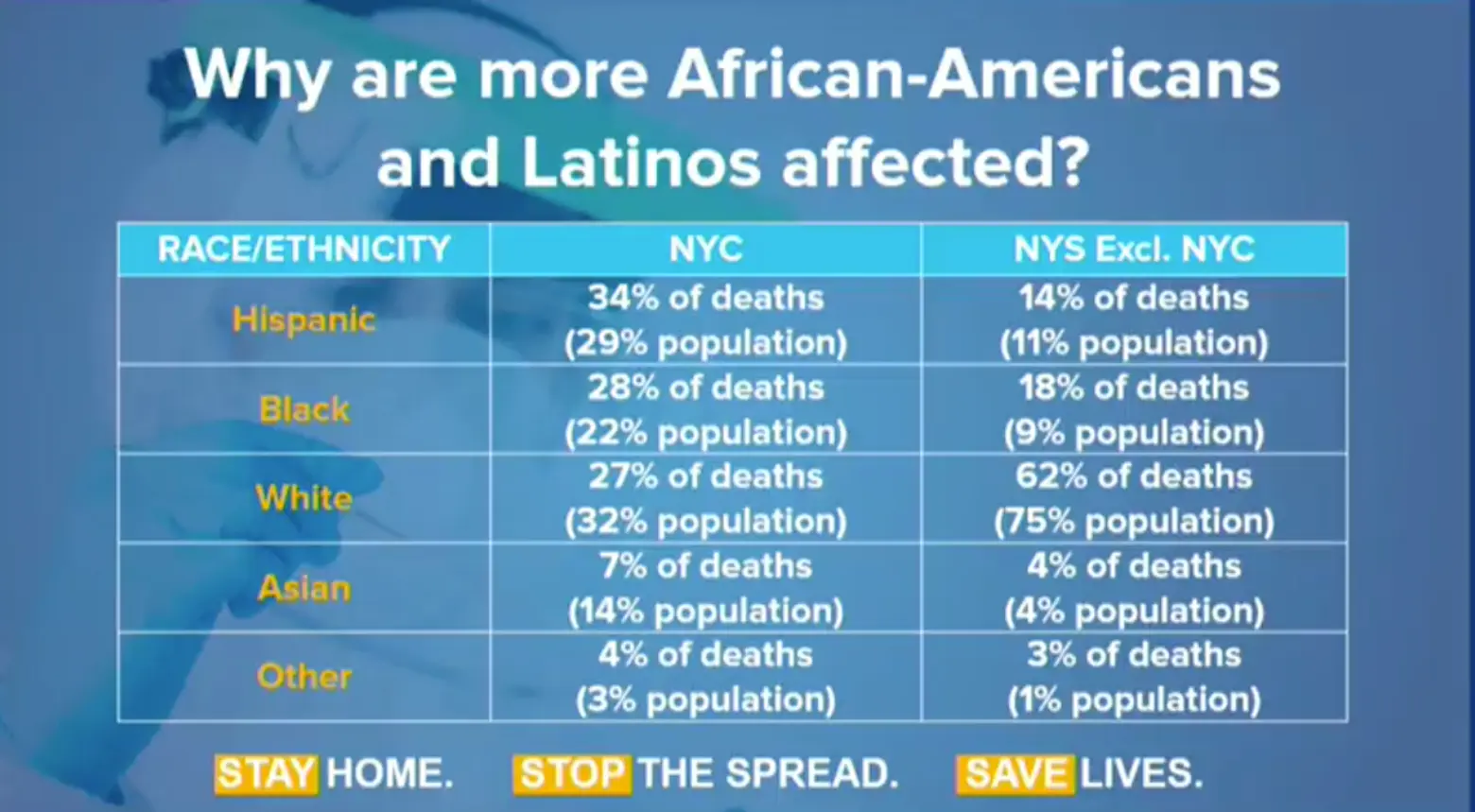
Screenshot of Gov. Andrew Cuomo’s daily briefing presentation
The state also has updated its COVID-19 tracker on Wednesday to include data on fatalities, including race. Excluding New York City, preliminary data shows 14 percent of Hispanics (11 percent of the population), 18 percent of African Americans (9 percent of the population), 62 percent of white people (75 percent of the population), and 4 percent of Asians (4 percent of the population) make up the fatalities in New York State.
During his press conference on Wednesday, Gov. Andrew Cuomo said more research is needed to learn why minority communities are experiencing higher rates of infection. “It always seems like the poorest people pay the highest price,” Cuomo said. “Why is that?”
The governor said the state will also start doing more tests for the virus in minority communities, as well as look into other factors, like whether more people of color have jobs considered essential during the pandemic, including in transit, healthcare, and the food industry.
On Thursday, Cuomo announced five new testing facilities centered in minority communities, including a drive-through testing center at the Sears in Flatbush and at the Aqueduct Rack Track. Three walk-in facilities will open next week in the South Bronx, Jamaica, and in Brownsville and will be appointment only.
The city last week released maps revealing the number of positive cases and the percentage of positive cases by zip-code. With the current data available, the maps reveal higher rates of infection in lower-income neighborhoods and communities of color. And the Bronx, Brooklyn, and Queens continue to have higher rates than Manhattan and Staten Island.
“This disease, unfortunately, it amplifies the horrible health disparities that already exist and it does very clearly cut by income and by race and the communities that, for a long time, people have not gotten the health care they deserve,” de Blasio said in an interview with CNN on Wednesday. The mayor said the city plans to address this inequality with new approaches and resources, expected to be released soon.
RELATED:
- New York State launches daily COVID-19 tracker
- Could Mount Sinai’s new self-reporting app help map coronavirus in NYC?
Editor’s note 4/9/20: This post was originally published on April 8, but has been updated to include information on the five new testing facilities announced on Thursday.
